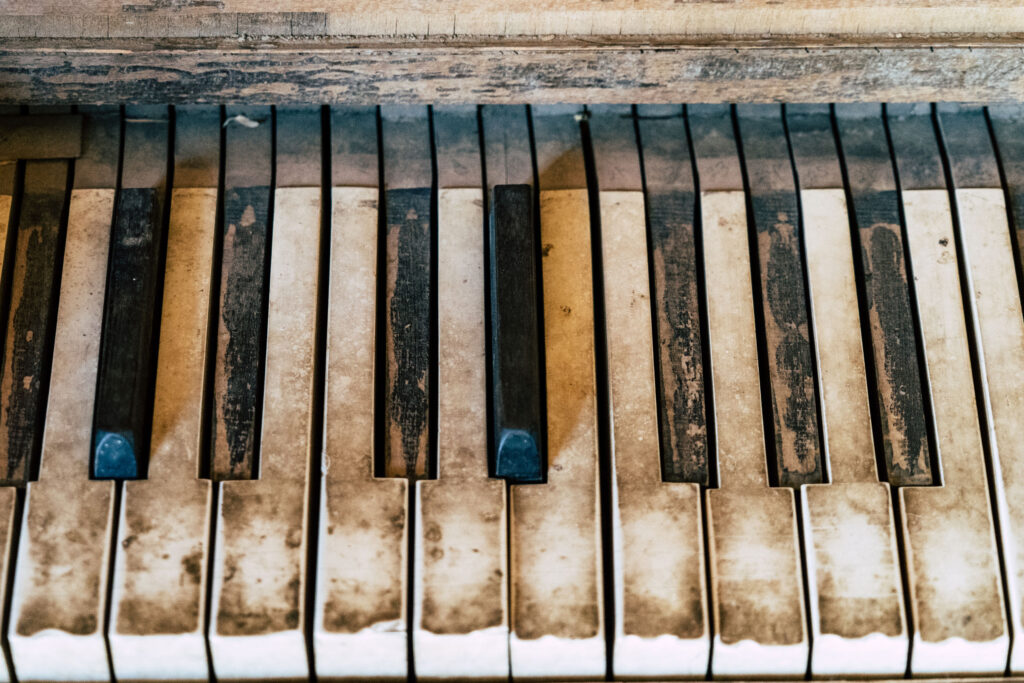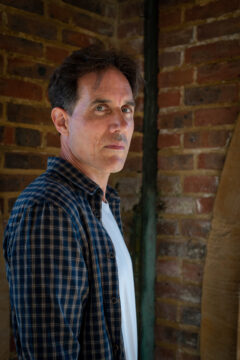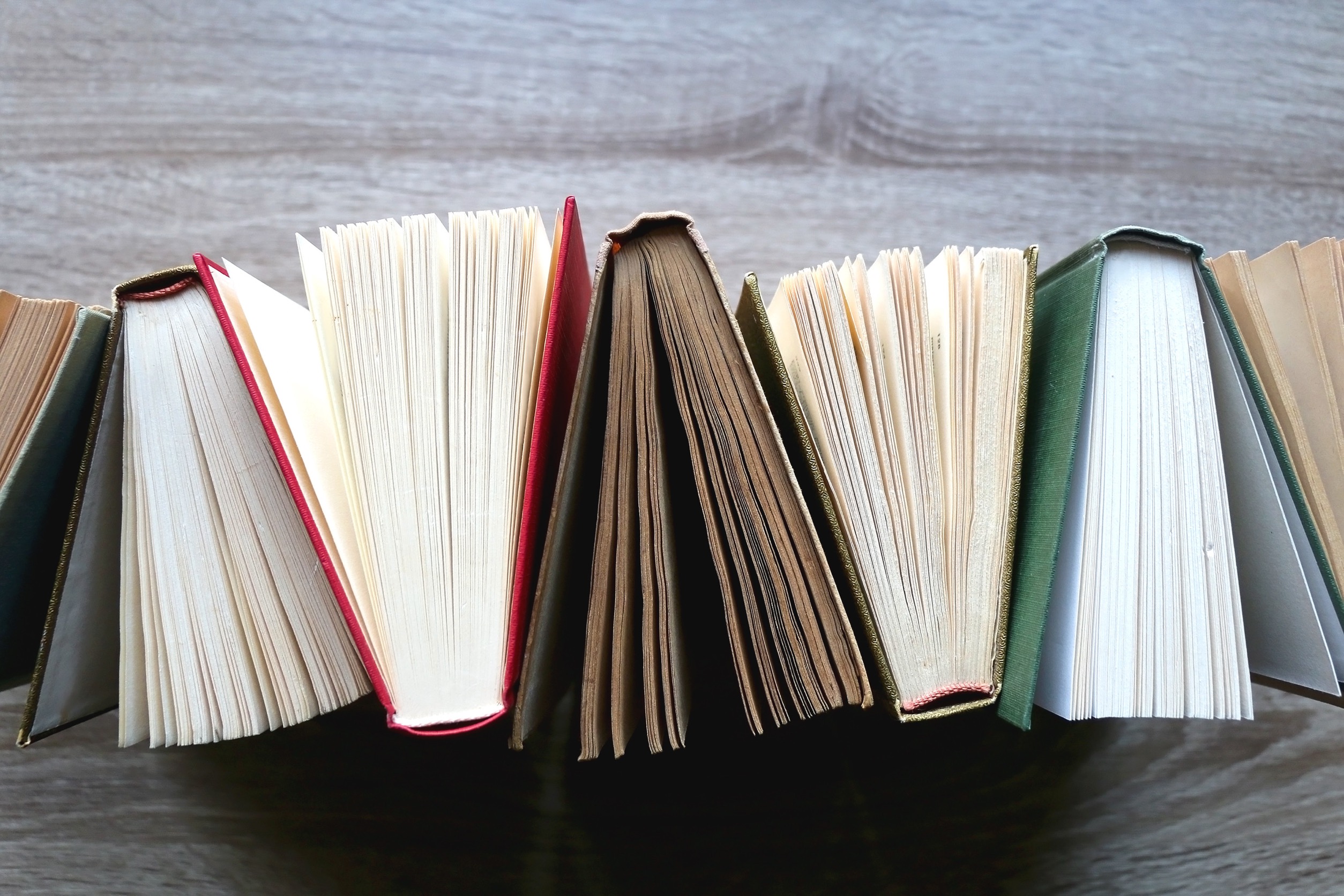
Welcome
Welcome to this half-day research event hosted by the Department of Music and Media at the University of Surrey. Composing the Historical 2 follows on from the inaugural event held at the University of Sussex last year that launched an extensive collection of interviews with British composers all of whom have engaged deliberately with historical musical materials in some way. The Sussex project was devised and carried out by Ed Hughes, Evelyn Ficarra and Mimi Haddon.
Composing the Historical 2 follows on from its predecessor not only in focus but through its contributors, three of whom (Ed Hughes, Evelyn Ficarra and Tom Armstrong) were subjects of the original collection of interviews. However, it is a great pleasure to welcome three new composers who are all remaking past musics in some way: Steve Goss, Tom Hall and Christopher Williams. Doubtless they will offer new perspectives as well as continuity with some of the ideas that came to light in the interviews: continuities and discontinuities with composing the historical throughout history, the many ways in which past and present can be made to interpenetrate, composing with the past in order to know it better (either technically or emotionally), historical musics as both scores and texts.
Important Links
Composing the Historical 2 is being hosted on Zoom here: https://surrey-ac.zoom.us/j/94284918452?pwd=VHdIOVFBNlhEWW5hOVV5UDdOUll6Zz09 using the passcode 989123
The evening video concert will be broadcast here at 18.45: https://youtu.be/Q6RFBWRnFlk
Schedule (Wednesday 21 April 2021)
13.00-14.00 Lunchtime session
13.00 Christopher Williams (University of Performing Arts, Graz) ‘Composing with minor historical dissonance’
14.15-18.15 (with break!) Afternoon session
14.15 Ed Hughes (University of Sussex) ‘Paraphrase and elaboration: from chant to contemporary polyphony’
15.00 Steve Goss (University of Surrey) ‘Hiraeth: Manuel de Falla, Andrés Segovia, and the politics of nostalgia’
15.45 Evelyn Ficarra (University of Sussex) ‘Beethoven on the roof’
16.30 Break
16.45 Tom Hall (University of Surrey) ‘Approaching Gerald Murnane’s poetry: the confessional turn, the implied author and the textual many’
17.30 Tom Armstrong (University of Surrey) ‘The Gramophone Played’
18.45-19.45 Video concert
Tom Armstrong Berceuse 1917 (1st version)
Steve Goss Hiraeth
Ed Hughes Sinfonia (2nd movement) preceded by John Cooke’s motet, Stella Celi
Evelyn Ficarra Roof Piece from Mary Armentrout Dance Theater’s The Woman Invisible to Herself
Tom Armstrong Berceuse 1917 (2nd version)
Steve Goss Precipitato
19.45-20.00 Concluding remarks
Abstracts
Composing with minor historical dissonance
Dr. Christopher A. Williams Senior Scientist, Doctoral School for Artistic Research University of Music and Performing Arts Graz
For a variety of reasons both social and personal, I rarely feel the weight of musical history on my shoulders. I do, however, gravitate toward the dissonance of history, or working with material from times past whose discontinuities with our own are the point. The locus of attention here is often those minor moments of practice which evade mastery and canon.
In this presentation, I will sketch the phenomenon of minor historical dissonance in two older pieces of mine: The English Dancing Master Leads: OR Mr. Bailey’s Maggot (based on John Playford’s 1615 dance manual) and Wherefor do you, so oft, so oft (a semi-improvised transcription of a song by John Dowland). I will then share notes on a work in progress, a companion piece to an 18th-century string quartet attributed to the American diplomat and inventor Benjamin Franklin.
Paraphrase and elaboration: from chant to contemporary polyphony
Prof. Ed Hughes, University of Sussex
British composer Jonathan Harvey’s (1939-2012) final work was ‘Plainsongs for Peace and Light’ (2012). In this composition for unaccompanied mixed choir, modelled on plainsong hymns specially selected and paraphrased by the composer, Harvey returns to origins – the beginnings of music in vocal groups, and, perhaps, personal history (his early training as a chorister). In this talk I shall trace the process from concept to finished score. Paraphrase is an ancient musical method. Harvey’s approach in this work informed my own in my 2018 composition Sinfonia. I conclude my talk with a brief discussion of Sinfonia with reference to movement 2, ‘Stella celi’, which paraphrases a motet of the same name by John Cooke (c. 1385-?1442).
Hiraeth: Manuel de Falla, Andrés Segovia, and the politics of nostalgia
Prof. Steve Goss, University of Surrey
The writings of Eco (2002), Boym (2002), Hatherley (2017), Riley (2009), Bauman (2017) and others, point to an epidemic of nostalgia in many aspects of today’s culture and society – a yearning for a ‘return’ to a comfortable Arcadian retrotopia.
‘Hiraeth’ was commissioned by the University of Melbourne to mark the centenary of the 1921 premiere of Falla’s only guitar work ‘Homenaje’. Falla’s piece evidences the composer’s deep understanding of the guitar’s idiom and its reflective link to the historical folk traditions of Andalusia (Christoforidis, 2017). Conversely, Segovia, who wanted to ‘separate the guitar from the mindless folklore type of entertainment’ (Segovia, 1971), encouraged composers to fabricate a Classical tradition for the instrument through exploring a restorative nostalgia (Boym) that neutralised the idiom.
‘Hiraeth’ celebrates the guitar’s idiosyncratic idiom and cultural pluralism: rejecting Segovia’s autocratic and exclusive Classical model for the more democratic and inclusive approach implicit in Falla’s work. ‘Hiraeth’ concludes with a complete quotation of Falla’s ‘Homenaje’.
Beethoven on the roof
Dr. Evelyn Ficarra, University of Sussex
In this talk I discuss my work for Mary Armentrout Dance Theater. Mary makes site-specific performance installations, involving movement, video, spoken word, music and sound design, which traverse across many locations – a warehouse roof, a parking lot, a closet. The work explores political issues through the lens of embodied experience. Mary often asks me to rework a specific piece of pre-existing music. This becomes an exercise in fragmentation and recontextualization, exploring new meanings as (for example) Beethoven collides with found sound and recorded voice in an urban setting. I see this as a form of expanded and distributed composition: expanded, because music expands to include not only sonic elements of noise, voice and atmosphere, but visual and experiential elements of image, gesture and site; distributed, because the overall resulting work is the expression of many minds and bodies.
Approaching Gerald Murnane’s poetry: the confessional turn, the implied author and the textual many.
Dr. Tom Hall, University of Surrey
‘Private Papers’ (2017), after a poem of the same name by Australian writer Gerald Murnane, is a musical setting for chorus, instruments and electronics by Tom Hall. Murnane’s texts are both seemingly confessional yet typically multilayered; his poetry references among other things the implied author’s experience of the work of English poets including Thomas Hardy and John Clare. This paper traverses some of the network of relations –both thematic, musical and experiential– between Murnane’s poetry, Hall’s musical setting of it and the poetry’s textual sources.
The Gramophone Played
Dr. Tom Armstrong, University of Surrey
In this paper I will discuss a series of my pieces that rework historical materials using various erasing procedures. My focus will be on the latest of these, The Gramophone Played, completed earlier this year, which is different in several respects: it was composed collaboratively, with the cellist Madeleine Shapiro, and it uses historical recordings rather than scores as its main sources. These features, alongside texts spoken by Madeleine and myself, result in a piece of many voices; my paper will consider some of the theoretical implications of this, drawing contrasts with earlier pieces in which I have argued that my composer’s ‘voice’ has been in abeyance.
Video Concert Programme Notes
Berceuse 1917 uses isolated words taken from the penultimate chapter of Robert Macfarlane’s The Old Ways, a fictionalised recreation of the final months of the poet Edward Thomas’ life as a WW1 artillery officer. Macfarlane includes a refrain listing music playing on the gramophone in Thomas’ various billets – Chopin’s Berceuse is one of the pieces mentioned. Both voice and piano are derived from the Chopin, the latter given tiny slivers of music from each bar. The parts are arrayed in 10×10 grids that the performers can read through in any direction, coordinating loosely with each other. The length of the cells in the grids remains constant but is determined by the performers. In this performance two versions will be given with the cells lasting one and six seconds respectively. (Tom Armstrong)
‘Hiraeth’ was commissioned for Ken Murray by the Melbourne Conservatorium of Music, University of Melbourne, to mark the centenary of Manuel de Falla’s ‘Homenaje a Debussy’ for guitar. Hiraeth is a Welsh word suggesting a deep longing for home; a home that is no longer or perhaps never was. A yearning and grief for people and things long gone. In my piece, I imagine Falla’s yearning for an idealised Granada, while spending his final years in self-imposed exile in Argentina. ‘Hiraeth’ concludes with a complete performances of Falla’s ‘Homenaje’. (Steve Goss)
Sinfonia (2018) is in six movements and scored for large ensemble. Each movement is a creative portrait of a pre-existing work by an early English composer. John Cooke lived from c.1385 to 1442. His Stella Celi Extirpavit is a three-voice descant motet in the Old Hall Manuscript. The Latin text is a prayer to the mother of God to save the population from the terrible effects of the plague. The second movement of Sinfonia is subtitled Stella Celi because Cooke’s motet, slowed down, provides the underlying structure for the new composition. Elaboration almost veils the original. A chromatic series was suggested by the musical outline of the opening of Cooke’s tenor. (Ed Hughes)
The Woman Invisible to Herself is a multi-site, site-specific investigation of fractured identity, embodiment and environment through dance, spoken word, video, sound, music and installation. The original performance took place at the Sunshine Biscuit Factory in Oakland, California and was structured through ‘four disconnected movements (and assorted fragments) with three pre-show installations’. The audience moved through parking lots, corridors, closets and up on to the roof, experiencing a unique multimedia performance in each place. The Roof Scene occurred at sunset half way through the performance. In this scene, dancers mover through a vast terrain of industrial rooftops to the music of an increasingly fragmented Beethoven score. The Beethoven is sonically framed by two elements: the voiced over philosophical musings of the choreographer, and a soundscape of real and recorded urban noises from that location. (Evelyn Ficarra)
‘Precipitato’ is the final movement of my cello and piano piece ‘Caught Between’. The piece inhabits the cracks between arrangement, appropriation, composition and improvisation. All five movements are based on music borrowed from at least one other source. In ‘Precipitato’ the pianistis asked to perform the final movement of Prokofiev’s Piano Sonata No. 7, whilethe cellist plays a new obligato part over the top. (Steve Goss)

